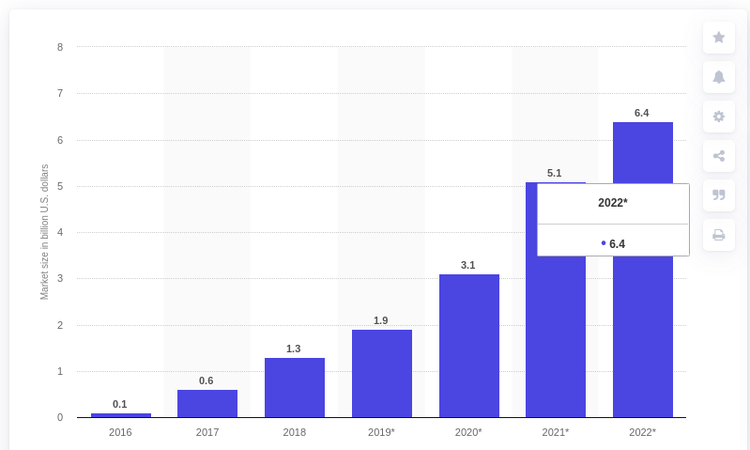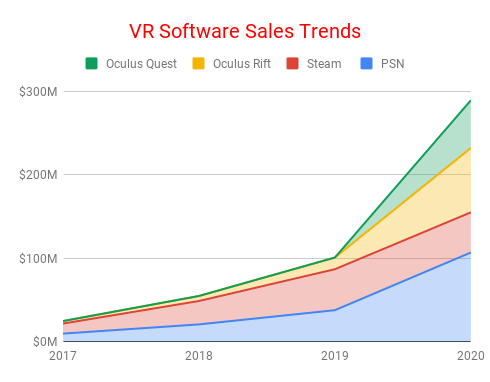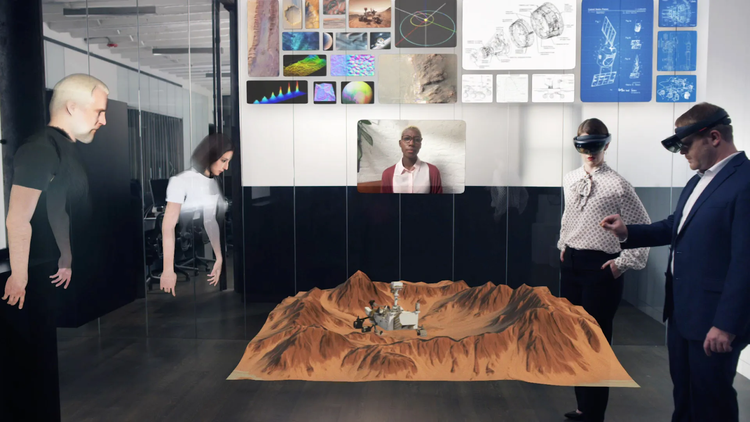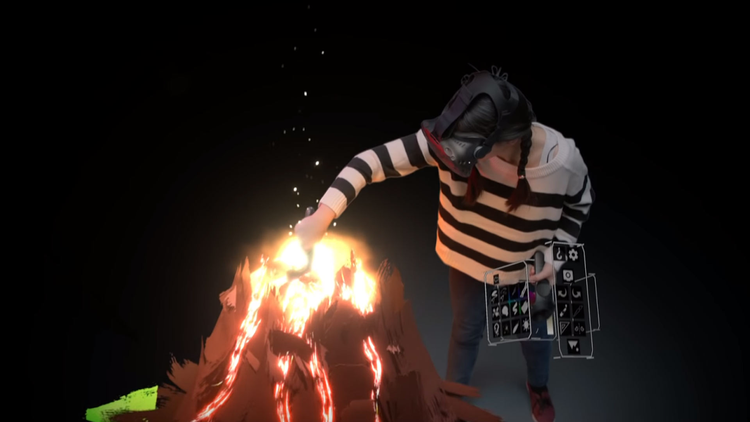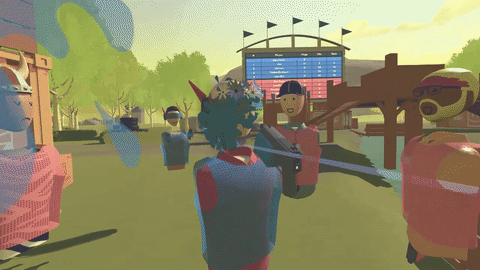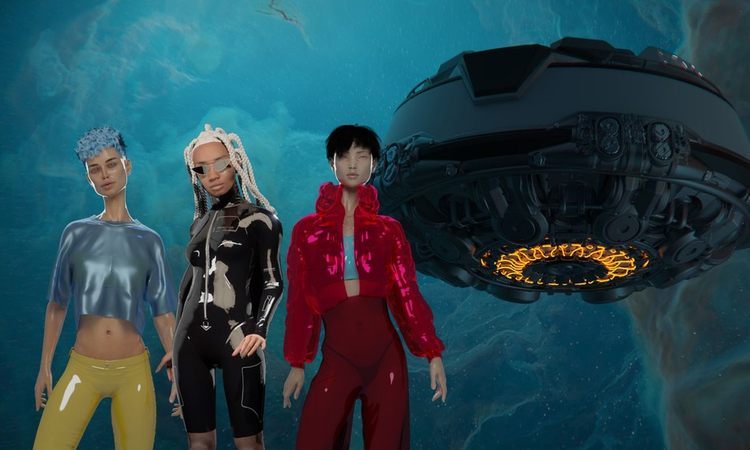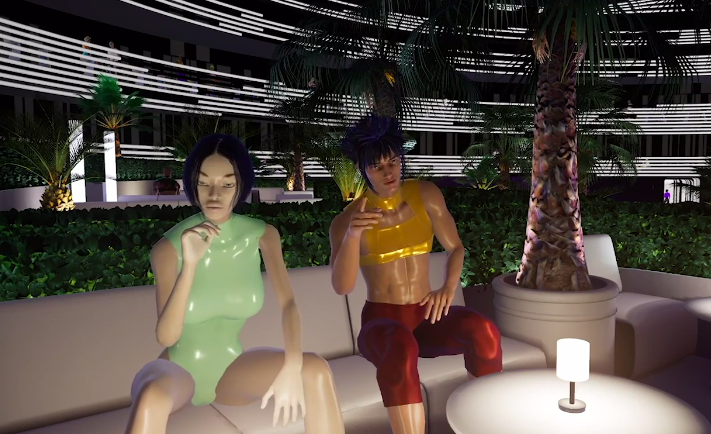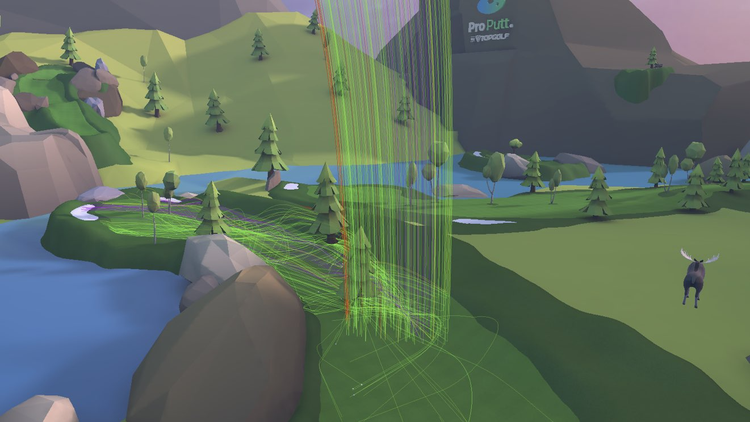It’s been five years since the first retail VR headsets went on sale – but the much-anticipated virtual reality revolution hasn’t happened yet. However, interactive experiences like virtual concerts, dance and dating will finally draw the crowds to the virtual space.
Year after year the media would announce that the market was on the brink of a breakthrough and would soon go mainstream, while analytical agencies promised sky-high annual growth rates. Back in 2018, Statista’s forecast even predicted that the market size would reach $5.1 billion by 2021:
The reality turned out to be somewhat less exciting. VR hardware sales did grow, but very slowly, as shown in the graph:
What happened? Why haven’t VR headset become as ubiquitous as smartphones, as some said they would? And why do we still watch YouTube and spend time on Facebook instead of passing our leisure time in the virtual world?
4 Issues Slowing Down The Spread of VR
There have been quite a few surveys and studies looking into the problems faced by VR. Most have pointed to one of several of the following issues:
- Low interactivity. The single biggest challenge that the VR industry has to solve is bringing people together in the virtual environment and ensuring smooth interactions. Single-player games and education programs alone, no matter how well designed, will not persuade users to spend hundreds of dollars on a VR headset and software. VR platforms have to offer the same things that Facebook, Snapchat, and Tinder do – but better.
- High costs. An Oculus Quest 2 with the essential accessories will cost you $400, and much of the quality content is paid, too. True, a good smartphone costs about the same, but a smartphone is viewed as essential for work and communication, while a VR headset is not.
- Physical discomfort. The feeling of nausea that many VR users experience is called cybersickness, and it stems from the fact that the data received by the eyes in the VR environment doesn’t match the data received by the inner ear as the head moves. However, as VR design and motion tracking become more advanced, this problem will gradually be solved.
- Lack of quality content. This used to be an important issue before 2019, but by 2021 it can be considered solved. There are some stunning VR offerings, and more are coming – for instance, Sensorium Galaxy’s music-centered PRISM world, where users will be able to attend virtual concerts of popular artists, such as David Guetta, and pay for the ticket with the native SENSO tokens. Another of Sensorium’s worlds is the stunning MOTION, centered on motion, dance, performance and mindfulness. Both are created using Unreal Engine by Epic Games, and the quality of graphics is just as high as in the latest computer games.
Making VR Truly Interactive
Statistics show that during the Covid-19 pandemic, people have been using social media apps more than ever before. Half of our screen time is spent on various messengers, Facebook, Instagram, etc., while only 21% of the screen time is spent watching videos, listening to music and so forth.
The competition between social media and VR is a battle for users’ attention and limited time, and if VR platforms wish to succeed, they have to offer a better and more engaging experience. And what is one thing that virtual reality can do and regular social apps cannot? It can bring several people together in the same VR space and let them see, hear, and almost touch each other, even though physically they are located in different parts of the world.
But what about those users who don’t have a VR set? Will they be left behind as VR platforms conquer the entertainment space? Not at all: there is space for everyone in the metaverse, because it’s a much wider concept than just VR. Of course, if you have an Oculus device, you can use the advantages of a digital metaverse like Sensorium Galaxy and SENSO to the fullest, especially when it comes to live music in PRISM and dancing in the MOTIONS world. But even without VR hardware, you can still enjoy the most important part: interaction.
The metaverse is multi-platform, so you can watch the concert on your computer, or buy a new avatar with SENSO tokens and chat with other avatars on the phone, or purchase some exclusive merchandise signed by the musicians – once again, with SENSO – all the key opportunities are open to users on different platforms.
There’s No Limit to Interactivity in The Metaverse
Music and concerts, like those offered by Sensorium Galaxy and SENSO, are one of the most exciting examples of what users can do together in the metaverse and in VR. But there are many others – some purely recreational, others built designed for work.
Business. Meetings and conferences are one of the fastest-developing VR market segments, especially now that more and more people work remotely. First-time users often describe VR meetings as ‘weird’ but agree that they beat Zoom calls by a wide margin. Plus, VR makes it easy to use virtual whiteboards and presentations with special effects.
A particularly interesting area is product presentations: demonstrating an exact VR model of a new product to an audience that may not be able to attend a physical presentation. Imagine, for example, a VR wind turbine or jet.
Dating and romance. Dating profiles aren’t going away, but it’s how we get to know our potential dates that will change. In the digital metaverse, when you find a profile you like, you can proceed to arrange a real date in the virtual space to meet the other user in person. In Sensorium Galaxy, you can even date AI-powered characters, which communicate and behave almost like real people.
Most of the dating functionality will be free of charge, while some advanced features may be payable. As with all other services on the platform, those who pay with SENSO will get 20% off.
Arts and creativity. Google already has Tilt Brush, which lets you draw and paint in VR, using the room as your canvas. It’s a single-user experience, but collective drawing tools are sure to appear.
Another exciting possibility is dance: something that Sensorium Galaxy and SENSO also explore in the Motion world. Users will be able to dance with their friends in fantastical underwater locations, as well as attend dance shows and festivals, buying tickets with SENSO.
Spirituality and personal development. Collective meditation sessions and interpersonal training programs can easily be done in VR. Yoga is a bit more complex because of all the movement, but now that platforms like Sensorium Galaxy and SENSO are introducing dance in VR, yoga should become much easier to implement.
Friends, family, and fandoms. Here metaverse activities can range from a simple house party to a large gaming convention. The big advantage is that you can choose any location you like: for example, you could meet your friends on a sunny virtual beach or organize a Dungeons & Dragons event in a dungeon, complete with VR dragons.
Games and active pursuits. From escape rooms to virtual cooking classes, from VR bowling to quiz nights – you could think of dozens of things to do with your friends. Many are already available, such as multiplayer VR paintball:
3 Innovative Startups That Are Building a More Interactive Metaverse
In 2021, Sensorium Galaxy users will be able to enjoy a series of virtual concerts by some of the world’s leading artists, including David Guetta. The concerts will take place in the space-themed PRISM world, designed in partnership with Epic Games and some of the leading nightclub producers.
Users will be able to purchase tickets for a full price with a credit card or with a 20% discount if using native SENSO tokens. SENSO is already available on a number of large cryptocurrency exchanges, such as KuCoin and Poloniex.
Apart from participating in a concert in VR, users will be able to experience Sensorium Galaxy using smartphones, tablets, and desktop computers. The in-platform store already features over 20+ photorealistic 3D avatars that can be purchased with SENSO.
2. MeetinVR
MeetinVR is one of the best-known startups specializing in 360-degree virtual meetings.
The company has seen a surge of interest in virtual meetings once the pandemic began: VR meetings are a great way to combat ‘Zoom fatigue’ and increase efficiency.
Users can design avatars that look just like them using a simple selfie, draw and write in mid-air, and create virtual sticky notes. You can also change the meeting background in an instant: options include the skyscrapers of Dubai and even outer space.
MeetinVR is best suited for meetings of up to 20 people. The app offers various types of rooms, fine-tuned for strategic meetings, brainstorming, keynote speeches, workshops, etc.
3. TopGolf
With TopGold, up to eight people can play golf on four different courses surrounded by palm trees, mountains and lakes. Reviews praise realistic physics and good motion tracking, which create a full illusion of playing golf.
It’s not just golfing, though: the space includes bean bags to hang out with friends, a beer pong and other minigames, etc. There is even an integrated YouTube web player, so that you can search for music and videos and play them on a large virtual screen within the VR space.
Interaction, communication and spending time together will be the key to taking VR mainstream. Interactivity lies at the heart of the metaverse: just about anything you can do in real life can be done in the virtual space – and it will even be more fun. Single-player VR experiences are unlikely to draw users away from social media, games or YouTube, but a large multiplayer world will – and once they become easily accessible, VR will finally take a leap from a geeky curiosity to a mainstream technology.



